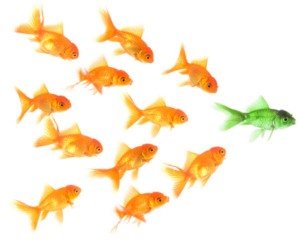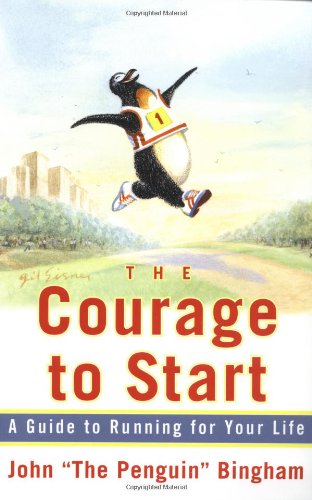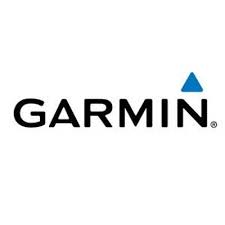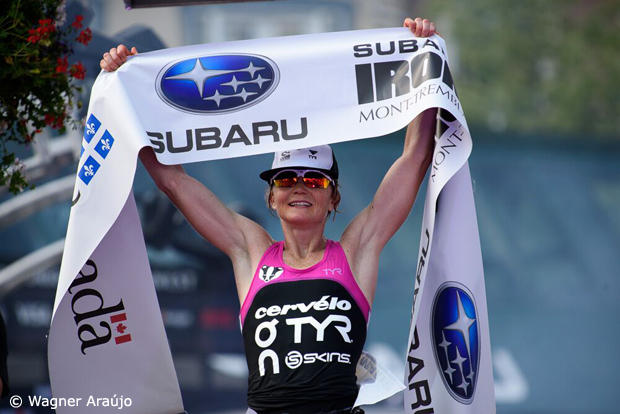Athletes are notorious for setting high expectations for themselves, especially in competitions. Most triathletes use time as their primary metric for measuring their performance in a competition. Going this route, though, can be misleading and often times disappointing, as finish time is only one of many elements in a race. Weather conditions, the course itself, and many other factors can play a role in how quickly you make it to the finish line on race day. Since these things don’t only affect you, but also contribute to the other athletes’ progress, it’s logical to assume there is a curve that occurs due to outside conditions. Using relative performance as your primary metric is a much more accurate way of truly deciphering your personal performance because it provides a more complete picture.
Measuring relative performance
While there are many ways to measure relative performance, I found that the best way for me was by putting all the information into an Excel spreadsheet. Using the spreadsheet, I measure my time against the time of the top male in my age group, the top male overall, the average time, and my personal time goal, to compare my results and get an accurate evaluation of my performance. I then use a formula (my time divided by the other time, minus one) to get a percentage that shows how behind or ahead of the curve I am. A lower percentage means a better performance. Ideally, after each race, the average percentage would decrease, meaning I was finishing further ahead.
To show you what I mean, let’s look at an excerpt from my triathlon spreadsheet.
Here, you can see that I finished the Boise 70.3 triathlon in 7:00:40. Then, one year later, I participated in the Eagleman 70.3 triathlon with a finish time of 6:43:19. If we take into account only absolute performance, it would appear I improved, since my completion time was 17:21 faster. However, looking at relative performance tells a different story.
While I was only 1.1% away from my goal time in Eagleman, and was 5.4% away from it in the Boise triathlon, I was 19.4% slower than the average at Eagleman, versus 15.2% slower in Boise. So, did I actually improve? Unfortunately, no. The water was too warm that day for wetsuits and then the run in 90+ degree heat with no shade killed me.
You will also see a nice improvement at Timberman. It was a great day for me which included my first bike wreck – ouch. That said, I have also learned that I am more of a cold weather athlete who should expect to have my best performances in cooler conditions. We will see what the cool conditions of Lake Placid will do to me. I suspect the hills will have the biggest impact on my performance.
Measuring relative performance is a great way to gain a better understanding of where you actually stand in a competition. Try implementing it in your training to see how much better, faster, and stronger you can make yourself.




